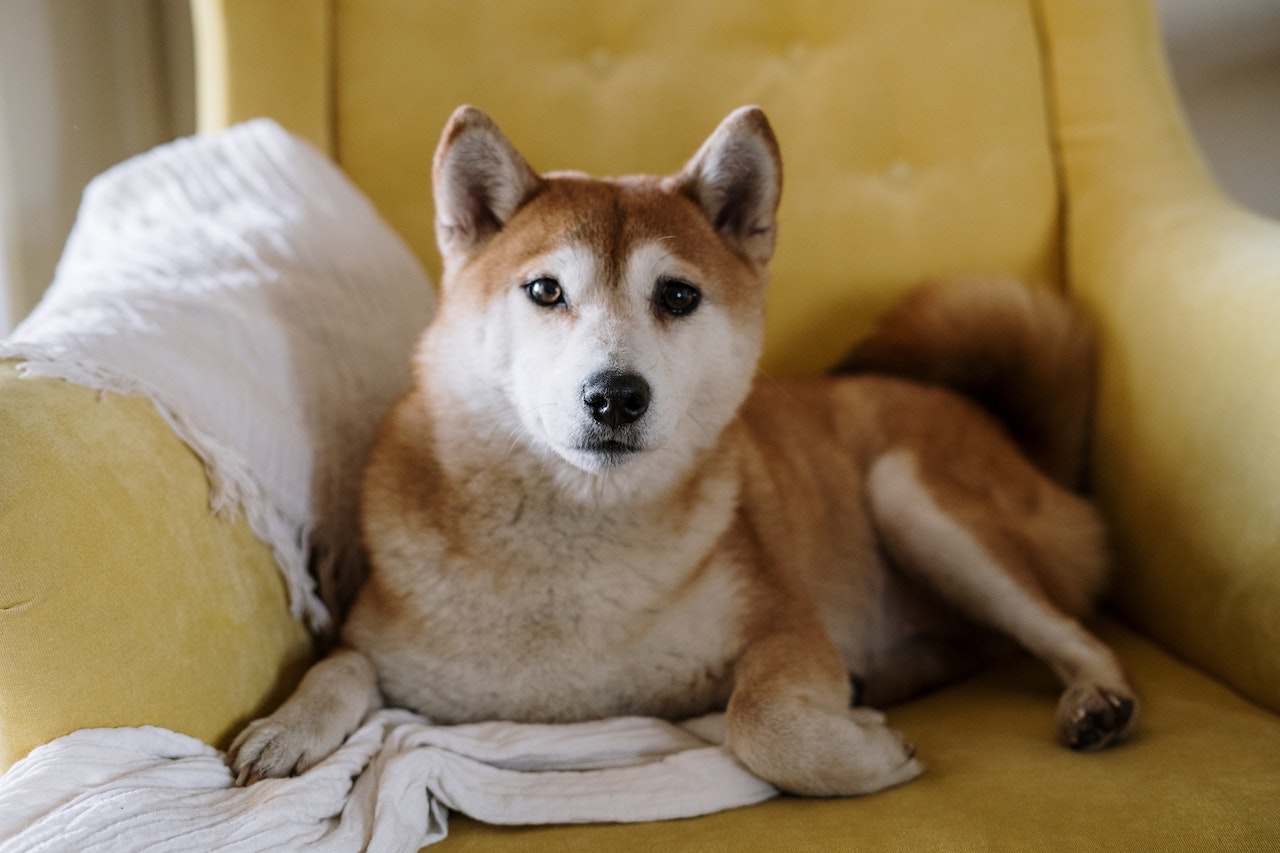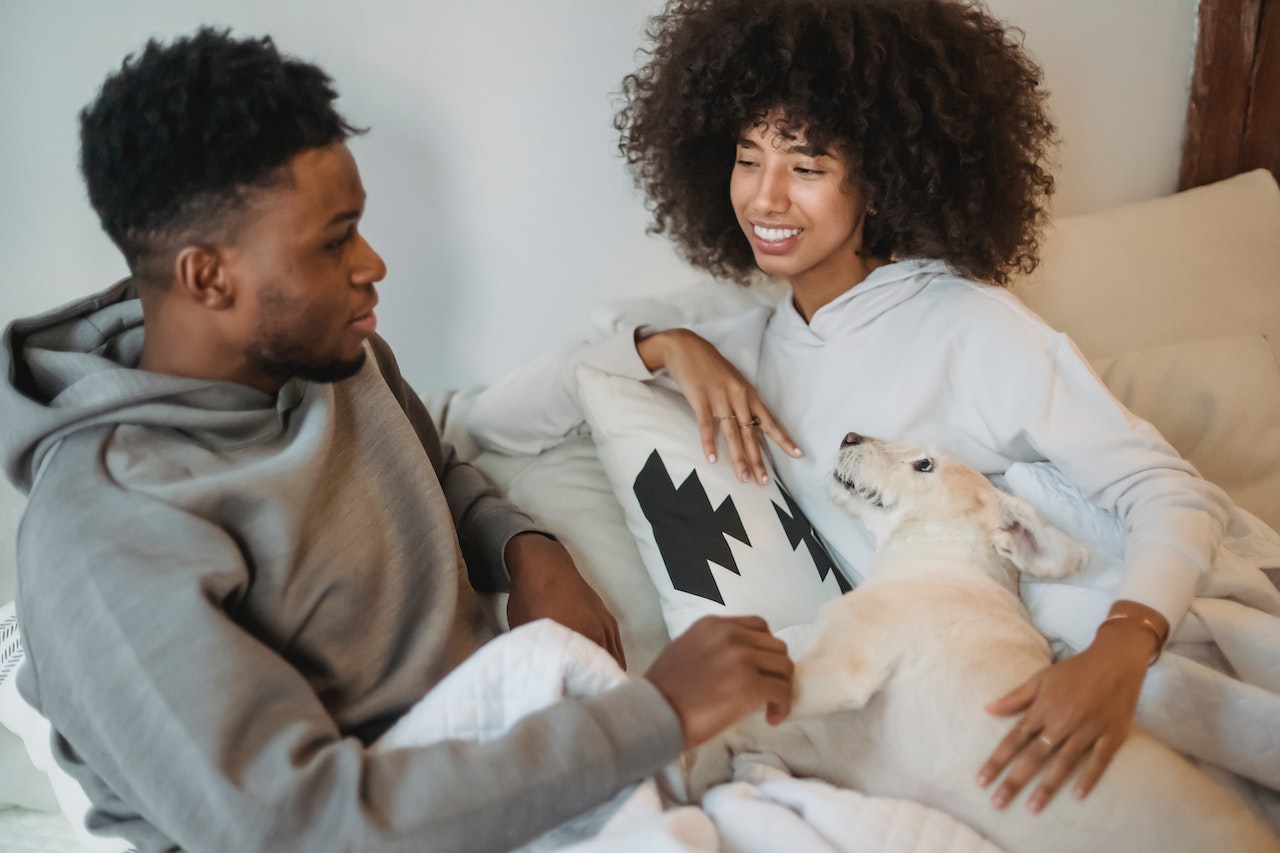
Like human women, canine females have a “period,” albeit the cycle tends to begin and end at various times. A dog’s period usually lasts between two and four weeks, however, this might vary from dog to dog. When a female dog goes through her monthly estrous cycle, we may call her “in heat.” The material on this page applies as well to all of these words since they are interchangeable.
When your dog has begun their estrous cycle, how long will it’s period last and what should you do? How long it lasts, how frequently it happens, how to spot a dog in heat, and what to do if your dog is in heat are all topics we’ll cover in this article.
The Estrous Cycle: What Is It?
Like many other species, dogs go through a reproductive cycle known as the estrous cycle. Similarly to the menstrual cycle in humans, animals go through a period called an estrous cycle. For how long do female dogs’ periods typically last? The four phases of the menstrual cycle (proestrus, estrus, diestrus, and anestrus) hold the key.
The proestrus phase begins the process and lasts for 7-10 days on average. Besides the obvious bleeding, you may also experience swelling of the vulva at this time. Your male dog may be more interested in your female dog during proestrus, but she still won’t be ready to mate.
The actual mating time of the estrous cycle is called estrus and lasts anywhere from 5-10 days. At this point, your dog should be ready to mate and you should see a marked decrease in bleeding, if not complete cessation.
Diestrus follows estrus and may endure from 10 days to 140 days, depending on whether or not your dog becomes pregnant. The diestrus stage is a time of rest for your dog if she is not pregnant.
In the last phase, known as anestrus, the female is resting between heat cycles. The average duration of this phase is 6 months.
Spaying your dog is an option if you don’t want to cope with her monthly heat cycle. Spaying a female animal has several positive effects on health, behavior, and population control beyond just eliminating monthly bleeding.
When do canine “periods” begin?
Now that you know the fundamentals of the estrous cycle in dogs, you may be wondering how long a dog’s period lasts and when a dog’s period begins. Usually, a female dog will go through her first heat cycle around the time she is 6 months old, marking the beginning of sexual maturation. During this stage, estrogen levels rise and then fall dramatically; this phase lasts around three weeks. The duration of the first heat cycle might range from 2 weeks to 4 weeks.
As a responsible pet owner, it is your responsibility to notice when your dog begins their period so that you can provide the extra tender care they need during this time. When your dog is in heat, there are certain steps you should take; we’ll go over them in more detail later on.
When Does a Dog Typically Get Its “Period?”
You may be wondering how often your dog will go through this heat cycle now that you know how long dog periods last and when you can anticipate your dog to start their period.
Estrus occurs twice a year on average in female dogs, at around 7-month intervals. Remember that your dog’s next heat cycle might occur as soon as 4 months from now, or it could take up to 13 months. Multiple variables, including your dog’s size and breed, influence how long it takes for her to go into heat again.
How Do You Recognize That Your Dog Is In Heat?
Knowing the telltale indications of a dog in heat is essential knowledge for any pet owner. You should take extra precautions with a dog that is in heat, and you may determine whether your dog is in heat by looking for certain indicators. In addition to outward manifestations, your dog may exhibit unusual behavior if she is in heat.
Among the symptoms of being in heat in a dog is the need to relieve itself often. Your dog may be in heat if you notice an increase in urination frequency and/or volume.
Additionally, you may discover that your dog’s vulva is enlarged and that there is a discharge that is tinged with blood. If your dog exhibits these signs, she may be in heat, since they are typical throughout the estrous cycle.
There might be a few distinct behavioral changes in your dog. In heat female dogs may seem anxious or preoccupied, although they are often more responsive to male canines than usual. You may see your dog extending her rear end and cocking her tail to one side as a sexual greeting. The term for this is “flagging.” Before the end of the male dog’s heat cycle, your dog may act in this way with male dogs.
The Basics of Dealing with a Dog in Heat
As a responsible pet owner, you should prepare for when your dog will be in heat. Providing proper care for your dog during their estrous cycle is the single most essential thing you can do for them.
Diapers for your dog are especially useful if she ever goes into heat. Dog diapers are useful during the heat cycle because dogs have bloody discharge and excessive urine. Making sure your dog is comfortable and cared for throughout her heat cycle is essential.
When your dog is in heat, it’s important to monitor her health and well-being even more closely than usual. Most dogs in heat don’t feel any discomfort from the bruising and swelling that comes with being in heat. In order to make sure your dog is comfortable, you should keep a close watch on them and spend some additional time with them.
When your dog is in heat, it’s especially vital to get her some activity in by taking her for walks whenever you can. In order to maintain your dog’s physical and emotional health, you should take it for frequent walks throughout the day. Although your dog may not have the stamina for daily walks when in heat, it is still crucial to strike a healthy balance between rest and play.
Keep your dog away from other dogs during her heat cycle if you don’t want babies. Intact male dogs are more likely to mate with a female in heat if she is allowed to spend time with them, increasing the likelihood that your dog will get pregnant if you do not prevent this. For obvious reasons, you shouldn’t leave your dog alone while she’s in heat, especially if she’s going to be in the company of other dogs, and especially if you don’t have a properly fenced yard.

In Conclusion
Avoiding a canine pregnancy requires knowledge of your dog’s heat cycle and the measures you take to keep her safe during that time. In order to avoid pregnancy, you should keep your dog isolated from other canines and under close supervision while it is in heat.